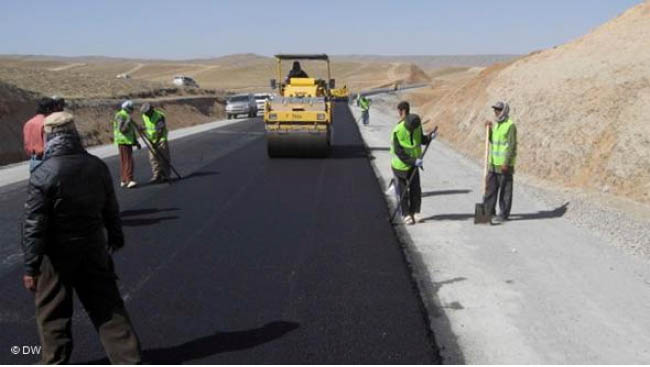Afghanistan has come a long over the past fourteen years. Much has been accomplished since then in the areas of reconstruction, state-building, poverty alleviation and relief and assistance delivery to impoverished masses with the help of the International community. Although fraught with many shortcomings, significant strides have been made in the area of political development. The National Assembly or the Parliament has been established and empowered to include the representatives of the people in the governing process. The separation of powers - the Legislature, the Executive and the Judiciary - as the foremost principle of democracy has been upheld in the constitution. Elections, universal franchise and elected office are guaranteed as rights of every citizen of our country. In the area of economic development, the performance of our country has been dismal and the past years are annals of wasted opportunities with rising anger and frustration among the people. Our country, despite being on the receiving end of almost 15 years of generous assistance of the international community is still not able to feed its own people and provide decent livelihoods to the bulk of its population. Chronic poverty leaves millions of our countrymen destitute and drives many of our youth to embrace the forces of darkness bent on distorting our democracy and enslaving our people.
In the initial years of the post-Taliban political dispensation, a grand and ambitious program of reforming the economy of our country involving a shift to a market economy has been initiated. The economic growth and development is designed to be private-sector led and the government is, over the long run, slated to assume the role of a facilitator rather than the main economic actor. In the initial years, the participation and zeal of the private sector in investing in many sectors of our economy from manufacturing to services showed encouraging signs. Various telecommunication companies and banking institutions started operations and within a relatively short period, millions across the country had access to mobile phones, internet connections, digital communication channels as well as banking services. However, the economic development of the country, despite the promising initial years has become slow in recent years and the prospects for the economy to return to the high-growth trajectory of recent past is bleak.
Infrastructure Constraints
What Afghanistan requires at this juncture, is a grand plan on the lines of the European Recovery Program or Marshall Plan that rebuilt the Europe after World War II and paved the way for the eventual emergence of these countries as developed and prosperous nations. Unfortunately, there is no political will come up with such a comprehensive program or to take the initiative in a meaningful way to address the infrastructure needs of the country. The attempts so far to develop infrastructure in the rural as well as urban areas of the country have been haphazard and disconcerted and lacked coordination at the national level. The quality of the work done is poor in many instances and the infrastructure developed so far has been confined to roads, bridges, culverts and river-side fortifications. The volume of the work done is far less than what is required to revive the Afghan economy and provide lifelines to the country.
Roadmap for the future
The cost and the technical know-how of developing the infrastructure needs of the country are, no doubt, massive. As the government of Afghanistan can not accomplish the task single-handedly, it requires active participation of the Afghan private sector and international donors as well as private sector players from other countries in order to procure the huge financial resources needed for the purpose. Over the long term and after the semblance of a functioning infrastructure propels our economy into higher growth and development, developing and improving our infrastructure base further will be less of a difficult task. The Government then can leave many areas to the private sector and in other sectors join hands with the private sector in Public Private Partnerships (PPPs). The Public Private Partnerships have proved to be effective models for reducing the huge financial burden of infrastructure development on the government and mobilizing the financial resources readily available with the private sector. Before all this can materialize, we need to enhance and improve the capacities and capabilities of our government. Nurturing and fostering a vision for growth, plans for the long term, commitment and political will on the part of the government and international community, removing the bureaucratic bottlenecks and red tape from the corridors of Afghan government and providing security all are pre-requisites for implementing a grand, national infrastructure policy that can revive the moribund economy of our country. The onus is on the government to rise to the occasion.
Home » Opinion » Development of Infrastructure and Economic
Development of Infrastructure and Economic
| Mehdi Rezaie

